


As a group we had to design and create a game.



Project Brief
Our group have decided to design a game based on boating and sea life. We’ve named the game ‘Flee d’ sea’ as we thought it has a rhyme to it and will be memorable for the target market age range. We have researched, explored and designed elements of our game to create a fun but educational game for 11-15 year olds. As a group we’ve had to work with the brief and we feel we’ve ticked all the boxes from the research to the game design. The story of the game is that the character the player chooses is trying to escape and get to safety without failing on the way. For the pirate version, the player is trying to escape other pirate ships but for the sailing version the sailor is trying to escape the storm. Then for the RNLI levels the player is trying to get from Lymington Harbour to Poole Harbour without getting into danger and the lifeboat being called out.
Below is the full brief from my lecturers.
Initial Ideas
As a group we decided to assign each other separate roles to focus on and then before a deadline is due we would come together and share our ideas.
The roles are listed below:
● JAMES: Designing the game plot, map, and levels.
● ALEXANDRA: Designing the characters,game characters research, level details,art concept,boats design.
● GRACE: Researching, focusing on the target audience and developing logo.
● JESSICA: Researching, working on the questions asked in the game (educational factor), time frame of the project, RNLI levels of the game and summarising the game.
● AURORA: …...
● All: Logo design
The proposed plot finds you as a captain of a ‘mighty’ vessel sailing away from the british navy. She must escape for as long as she can while avoiding the oncoming dangers. The further she goes the more boats she discovers and more crew members join her ranks, each with unique and helpful skills.
Gnatt Chart
Our group decided it would be a good idea to plan what we were going to do over the time frame of 4 weeks. The best way to organise our time was through a Gantt chart (below). As a group we can now keep a record of what we need to do and the checklist helps to stay on track of what we've done. The writing in bold is for our main deadline dates so they stand out so everyone is aware and are not late with handing in their work.
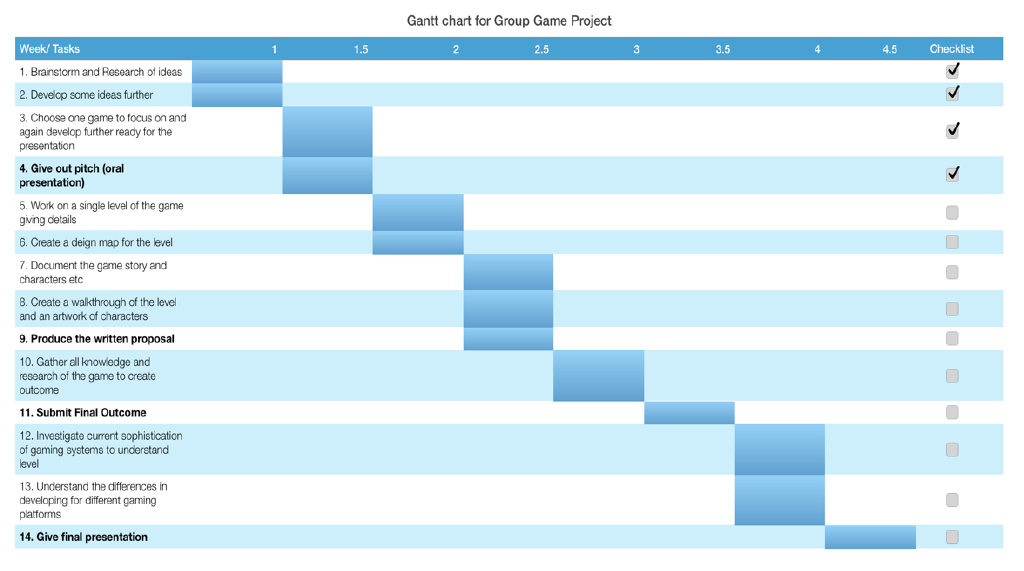
Research
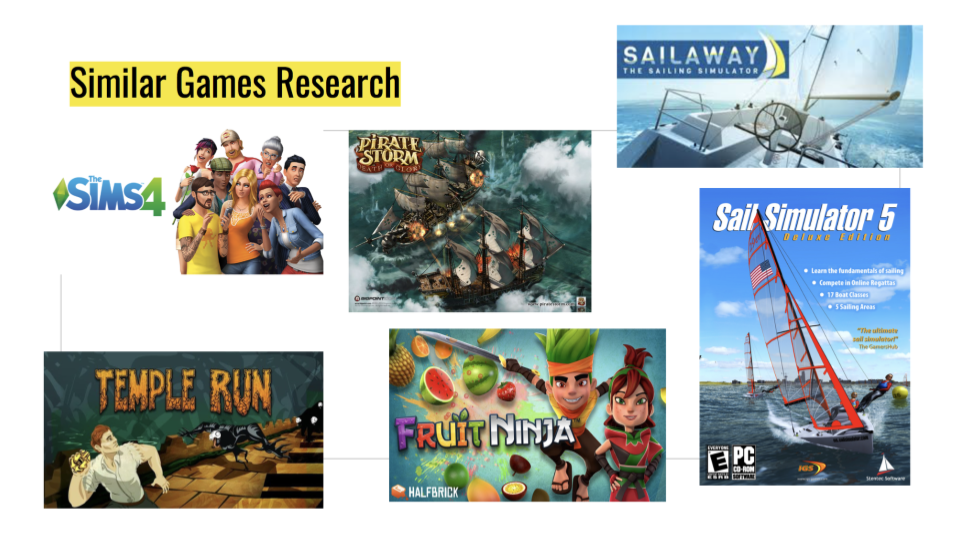
We thought to get an idea of what design of boats we’d like to use, we should research boat types. The boats we found and decided to focus on are: Yacht, Pirate Ship, Cruise ship, Speed boat and Sailing boat. We also thought about the RNLI lifeboat idea for the RNLI section of the game. The player can choose which boat they'd like to use as all the boats have different abilities (the same as the characters do). However, some boats and characters you have to unlock by completing the harder levels. We collected images and have drawn up some boat ideas to use in the game based on the boat images. The pirate boat will go with the pirate characters however but for the sailing and RNLI section the player can choose any boat they want.
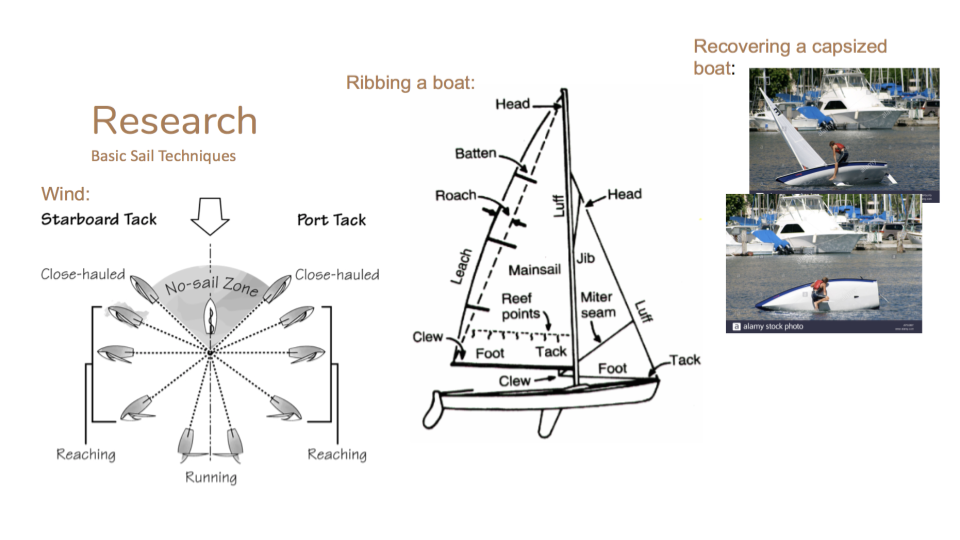
Black beard and West Indies in 1718
We then researched different sailing techniques that could be included in the game. We’re basing the questions and techniques on the level 2 RYA sailing course to get a player prepared to take this course. Therefore we researched: Wind, Ribbing a Boat, Recovering from a capsize, Knots and Boat safety. We will show wind in the game by having the wind speed and direction in the corner of the game and every time the level changes the wind changes which makes it harder for the player as they have to tilt the phone to keep upright. Then if they capsize they have to ask a question to recover and the question will be based on capsizing. We’ve put ribbing a boat into the game by asking questions on it and asking questions on the different parts of the boat e.g “Which part of the boat is the boom?”. Another idea I had was at the start the player could rib they're boat and go through the steps of this, then once the boat is correctly ribbed they can start. We also had an idea of putting a boat safety video at the start of the game that makes it fun and makes it sound they're going on an actual adventure or voyage.
In addition to researching boat types, sail techniques and safety tips, we studied further into the dangers of the sea and sailing in order to inform our players of potential risks. For example, we looked into how a sailboat could potentially capsize whilst identifying key techniques such as ‘broaching’. We also studied common sea creatures within British seas that could be harmful such as the ‘Lion’s Mane Jellyfish’. Furthermore, we could incorporate these sea creatures into our game by designing illustrations and using them as obstacles. Overall, our research will be used as content throughout the game by creating questions to educate our players.
Designs
I firstly sketched ideas.
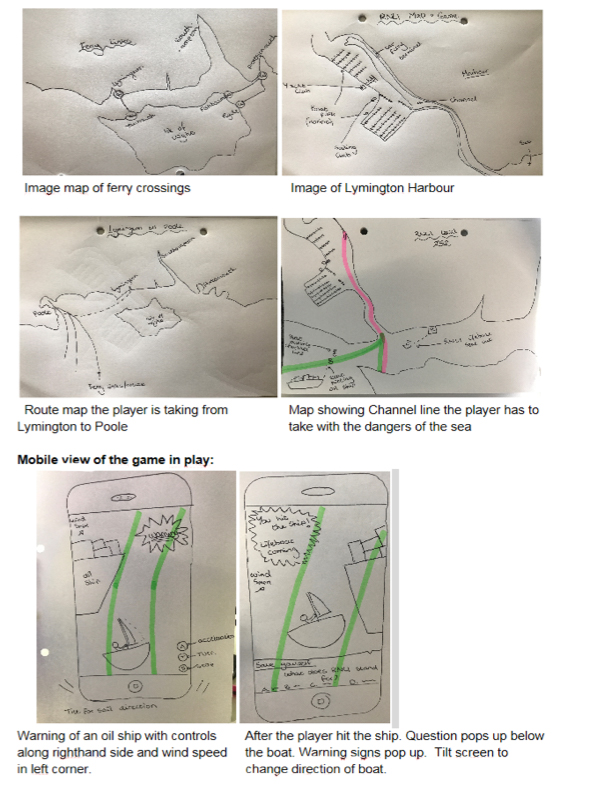
As a group we then thought more about the game ideas and how it would work.


As mentioned previously the game relies on you avoiding and the oncoming dangers. As seen in the ‘Game’ screen the obstacles will come over the horizon based on how fast the player is going. Which in turn depends on how well the player catches the wind and what ship and captain they are sailing with.
The game begins with the ‘Load screen’ in which the player can edit the music and settings. Also seen on the ‘Load screen’ is the ‘Subject’ select button and the ‘Customisation’ page. The ‘Subject’ page allows the player to choose the level, KS1-3, and the subject of their choice. This ranges from Art to RNLI safety tips. The ‘Customisation’ page allows the player to choose unlockable characters and boats to use on their run to safety. Each of the these character and boats possessing unique advantages and disadvantages.
If the home page is touched the player will be taken onto the ‘Game’ page in which the player will chose the level. If the player crashed into an obstacle on the ‘Game’ screen the player will be notified by the vibrations on the phone, and a transition to the ‘Question’ screen. This screen will have pre selected questions dependent which subject the player chose on the ‘Subject’ page.
The levels to choose from will vary in difficulty and distances getting longer and more difficult each time, with new obstacles and enemies. The enemies in the game are another aspect that make it more difficult.
The levels will start with a heavy pirate theme and will slowly progress through time, becoming more modern and challenging because of improving threats.
The player can control the direction of the boat by tilting the phone. Control the speed of the boat by catching the wind which is indicated by an arrow at the top of the screen, the player does this by changing the direction of the sail with their finger anywhere on screen. Dependent on how well they catch the wind the faster or slower the boat.
The cannon or special ability by the character can be activated by clicking the button in the button in the bottom left of the screen.
The questions are answered by clicking the answer, the correct answer will then display green. If correct the player will continue but if wrong they will lose a life or game over. If game over happens the player has to wait for 5 hours for a life to regenerate, or buy them on the store for in game coins earned after each level or money.
Level details:
1. After passing level 5 , 1 character that is locked will unlock.
2.Each boat and character has different abilities that can be mixed for more entairtainment for the player.
3.There will be two boates unlocked at first (1 pirate boat, 1 modern ship)(from level 3 another one will unlock ).
4. With every level passed more different obstacles will appear.
Examples:
Level 1 - roks and shipwrek;
Level 2 -icebergs,rocks, shipwrek;
Level 3 -all of the above plus penguings + it gets even faster and more winds;
Level 4 -all of the above plus seals ;
Level 5 -all of the above but much quiker first small monster;
Level 6 -all of the above plus polar bears and moster appears right before the end;
Level 7 -all of the above but much faster;
Level 8 - all of the above plus mermids and 2 monsters at the end that must be passed;
Level 9 -all of the above but quicker;
Level 10 -all of the above but more monsters will apear from time to time.
Mosters: the kraken, the monster of Lockness, Water Dragon.
We will also have power cannons or torpedoes with which the player can kill t the monsters with( you need 5 bombs to kill a monster,if not you must try to avoid it).
The monster moves in a straight line and you must either pass by him without toutching it or killing it with 2-3 bombs(depends on the monster level).
The boats characteristics: speed, wind control ( it can choose to stop it maybe one time in a level), easier navigation(when the wind comes),power to slow down ( it is useful so you can avoid an obstacle or monster), froze time (3 seconds) (help for the last minute before you hit something).
Characters special abilities: power(for bombs),speed,wind control,luck(less obstacles), magic(more fuel or tresure will apear)
And we can say that we first tought to have several questions from several different questions but now we draw the conlusion that it's better to have subjects and therefor questions only related to captains, pirates and the sea. ( from history,navigation , tips etc etc)
Questions
It is good to recieve feedback throughout the project. It enables me to make changes I had not thought of and improve my work.
My group thought it would be a good idea to think about potential questions that the players could be asked in the game. We thought a multiple choice setup would be the best option for the players to interact and learn. The multiple choice question will have four answers and the player chooses the one or two that is correct. The questions may include written or image answers for the players to pick. The questions are also determined by what character you pick at the start of the game, for example, if you picked a girl/boy pirate to be then the questions will be pirate based questions. If you answer five questions correctly then you move onto the next level. The players get ten seconds to answer the questions, otherwise they fail.
On the RNLI levels my group thought it would be a good idea to base it on Lymington Harbour and have the players boat travel to certain locations. However, there will be obstacles in the way such as an oil tank ship or keeping in the channel lines otherwise the boat gets grounded. Then if the boat hits the obstacles the life boat comes out and tries to catch the player then you lose when it captures you. We thought this was the best way to teach children on what lifeboats do and questions could pop up on the screen to ask questions about the RNLI and if they answer correctly then they are able to escape from the lifeboat. It would also teach the players what to look out for and avoid in the sea so they hopefully keep this game in mind when there out at sea and stay out of danger.
Some questions that could be in the game could include:
● What does the RNLI do? A. Charity that saves lives at sea B. Charity that doesn't save lives at sea C. People that go around saving whales D. People that hunt sea creatures
● What does RNLI stand for? A. Red Night Life Institute B. Royal National Life Institute C. Royal National Lifeboat Institution D. Royal National Lifeboat Institute
● When was the RNLI founded? A. 1988 B. 2001 C. 1899 D. 1824
For the sailing questions, unlike the RNLI levels of the game which has different levels all together, the sailing and pirate questions will be following the original game idea. Some question ideas are listed below:
● What knot is the monkey knot?

● Which sailor has the most Olympic medals? A. Ben Ainslie B. Paul Elvstrom C. Mark Reynolds D. Torben Grael
● How to you recover from a capsize?
A. Panic and scream until someone helps you B. Do nothing and float away from the boat C. Climb over the boat and stand on the rudder to pull it back upright D. Lay on the sail until someone helps
Our group thought it would be a fun and very educational idea to add in pirates into the game so they can learn the history of pirates. Were focusing on just one or two aspects of pirate history otherwise we thought it may get too complicated and the players would learn more from a couple of focuses. We thought focusing on the black beard and the West Indies at the time (1718). Questions for this section may be like this:
● Who was the Blackbeard? A. English pirate B. English Pirate that operated around the West Indies C. American Pirate that operated around the West Indies D. English Pirate that operated around Europe
● Who killed the Blackbeard? A. British Naval force B. Americans C. Simon Cowell D. Governor Alexander Spotswood
● Why is he famous? A. He killed exactly 100 men B. He had the longest beard in history C. His legendary blockade of Charleston Harbor D. He's legendary blockade of Happydays Harbour
Developed Designs
Our group memeber Alexandra came up with our logo design:
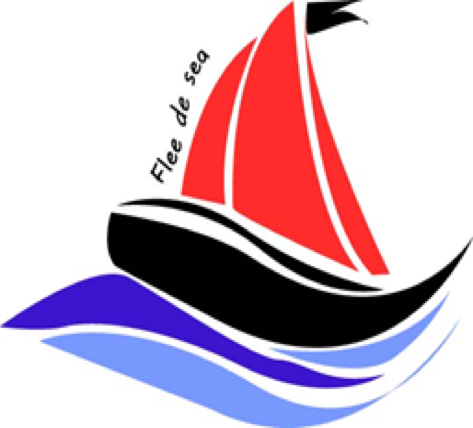
I then started developing my designs further.


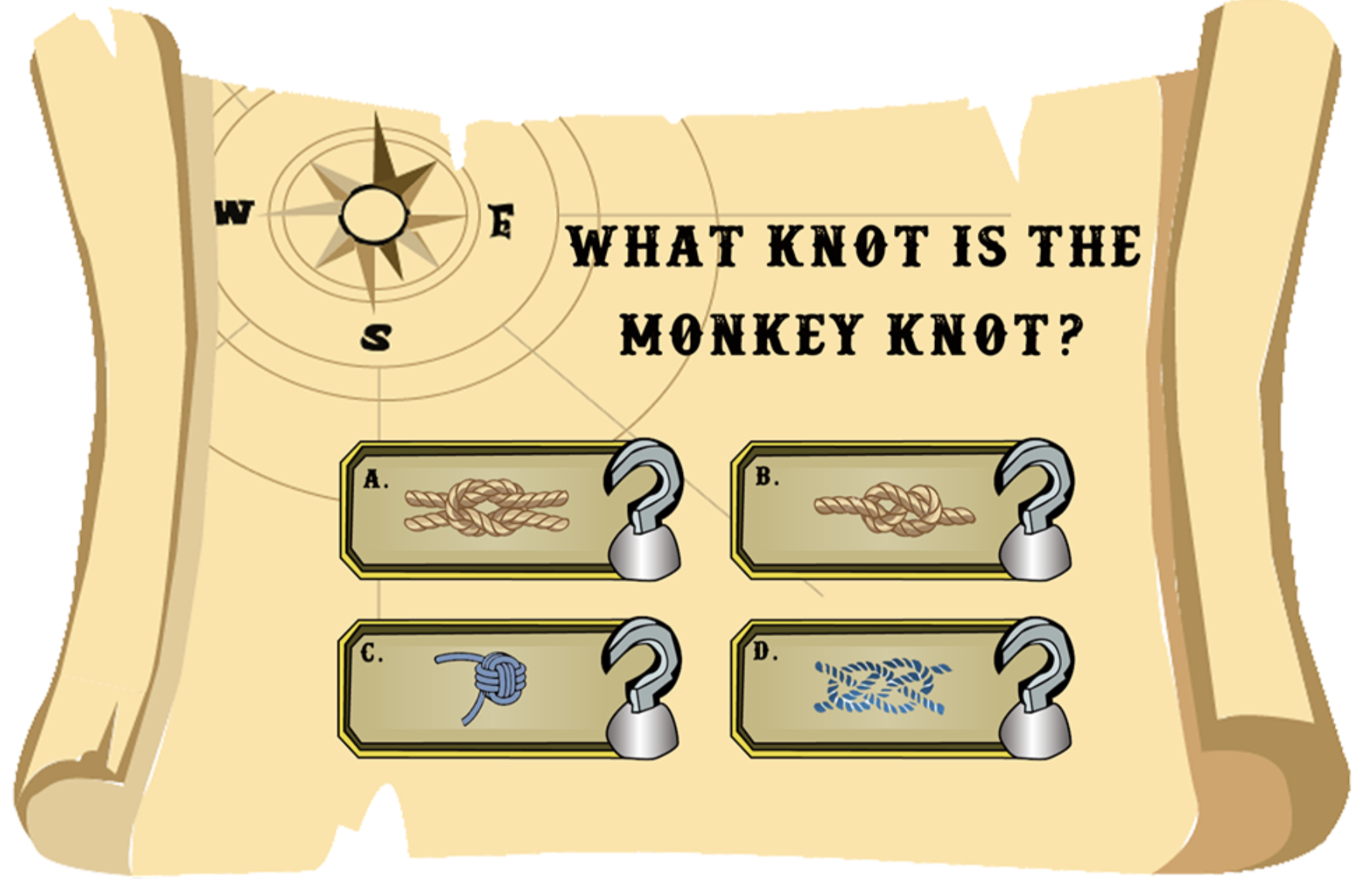
Below is the designs wiht the choosen character included (character designs by Alexandra)
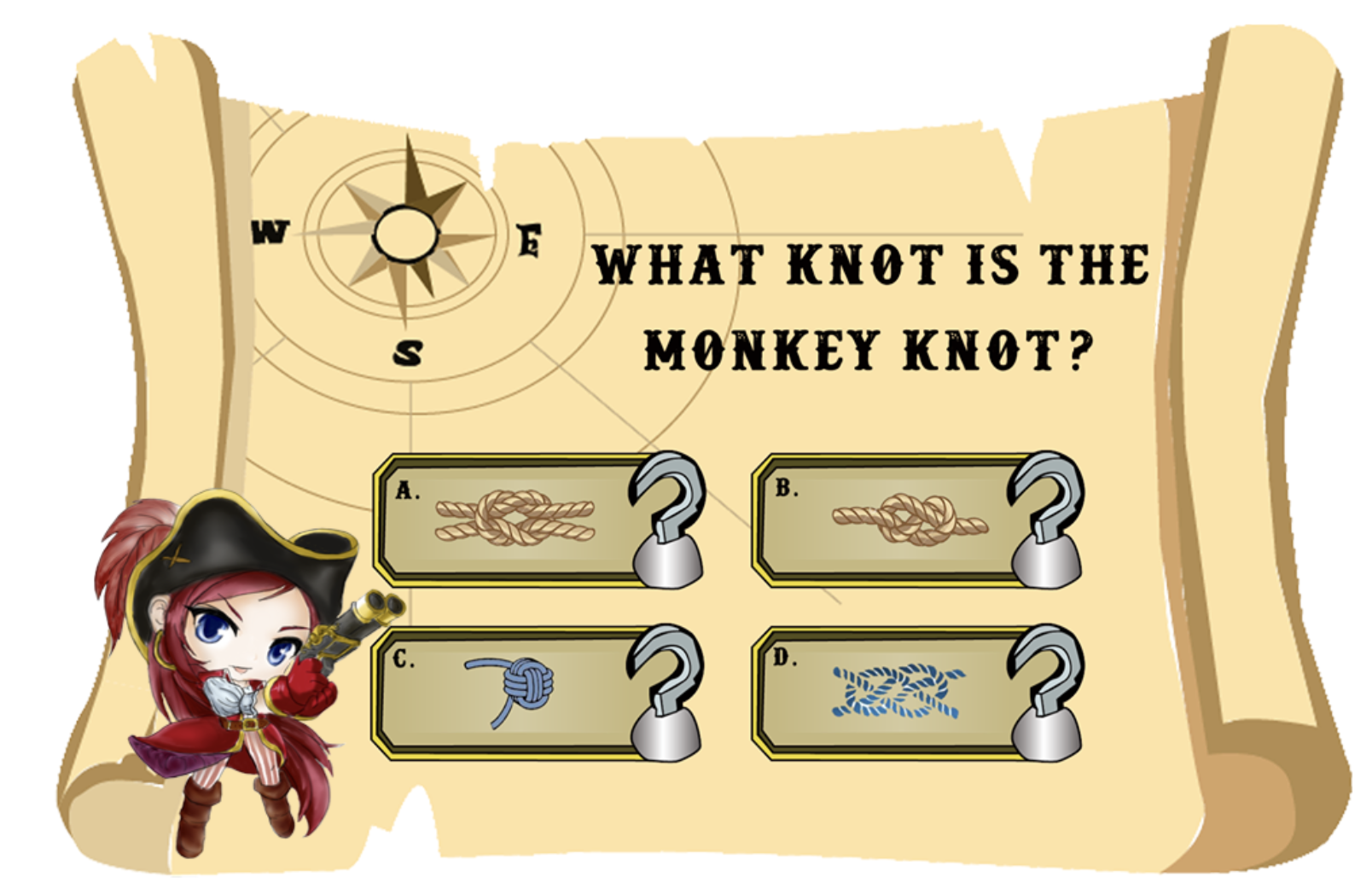
I also thought about what the RNLI level would look like.

Then I created some obstacles that will be featured in the game.
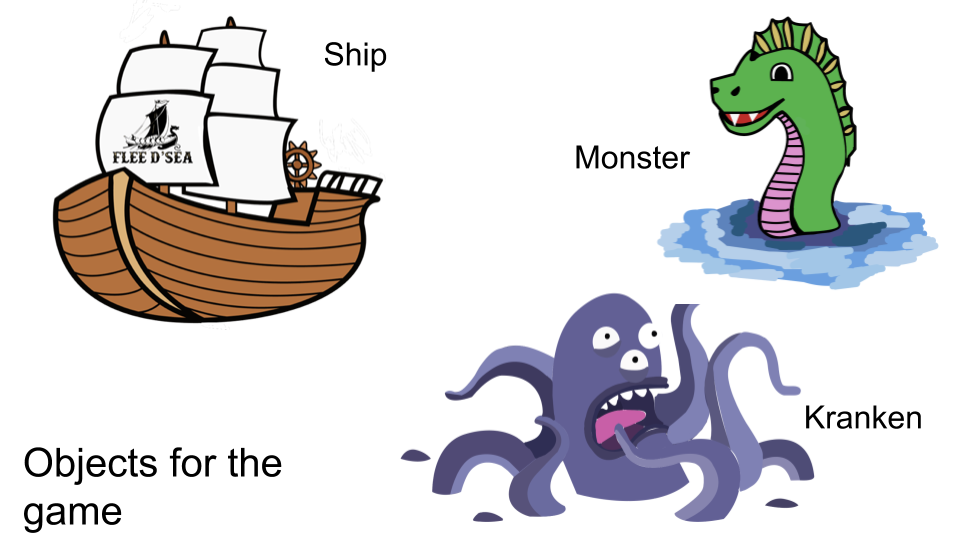
Further Ideas
We felt as a group we need to keep all the designs consistant.
Submitted Work
The final designs are shown below.
Logo design:
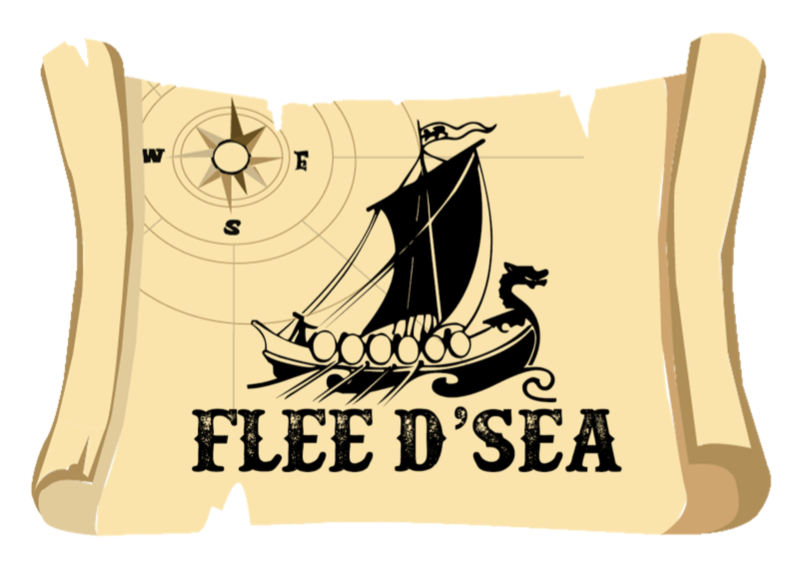
Game design:

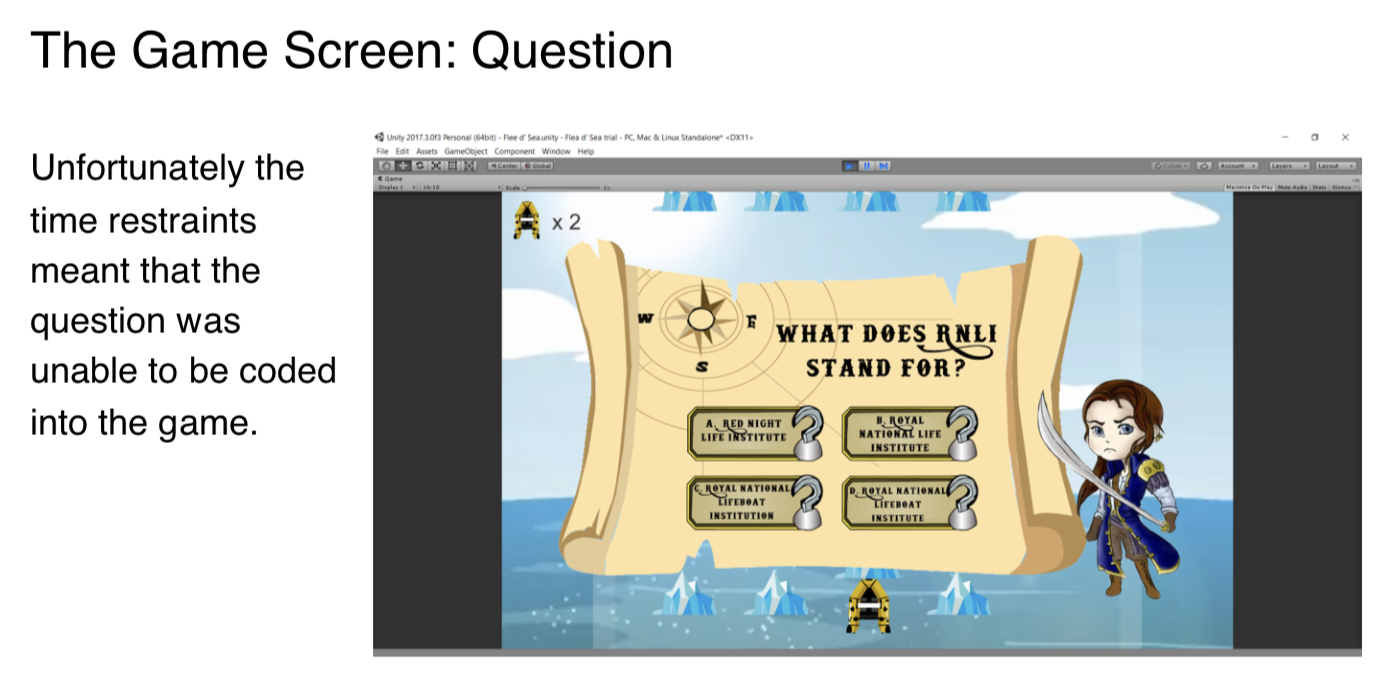
I used various software I knew already and have learned from my last year at University. It is important in third year to build on the skills we already know rather than trying to teach ourselves something new. This makes us more advanced in our specific areas of design.
In order for a game to become successful, it is crucial for the creators to keep its target audience in mind. This is because the target audience can become the end users of the product which can most likely encourage them into purchasing the game. Therefore, as a group we had to consider the demographics of our audience in order to identify who will be playing our game. As a team, we then decided that our game will aim towards school students from the ages of 11 to 15 years in KS2 and KS3. Our game will also target both genders and include all ethnic backgrounds to promote equality. In order to meet the needs and interests of our audience, we will create both male and female characters from different races. Due to our target audience also being school pupils, we must incorporate educational elements within our game that will help to encourage our users to learn. Furthermore, our game will subtly test the player on a variety of school subjects such as Geography and History throughout playing our ‘sailing’ themed game. We came up with this theme in order to give our game a unique narrative that can be used to embed different learning aspects which will help to teach our users without them realising. We will also include questions based on the dangers of the sea and sailing to appeal to our niche market of pupils who may have an interest in sailing or sea life.
According to statistics from August 2017, conducted by the company UKIE (support the UK’s games and interactive entertainment industry), 47% of UK smartphone owners use apps on their phones to play games. That’s more than users who use online banking or news apps. We expect these smartphone users to involve the ages of our target audience due to the rise in younger people adapting to smartphones. For example, ‘24% of 8-11s and 69% of 12-15s owned a smartphone in 2015 according to a report by Ofcom. This led us to base our game on a mobile platform in order to reach our audience in the best way. Furthermore, we wanted to develop a game that was ‘motion- controlled’ rather than a game that was context based in order to appeal to our audience. For example, this will allow the player to interact with the system through body movements such as tilting and moving their mobile device throughout the game.
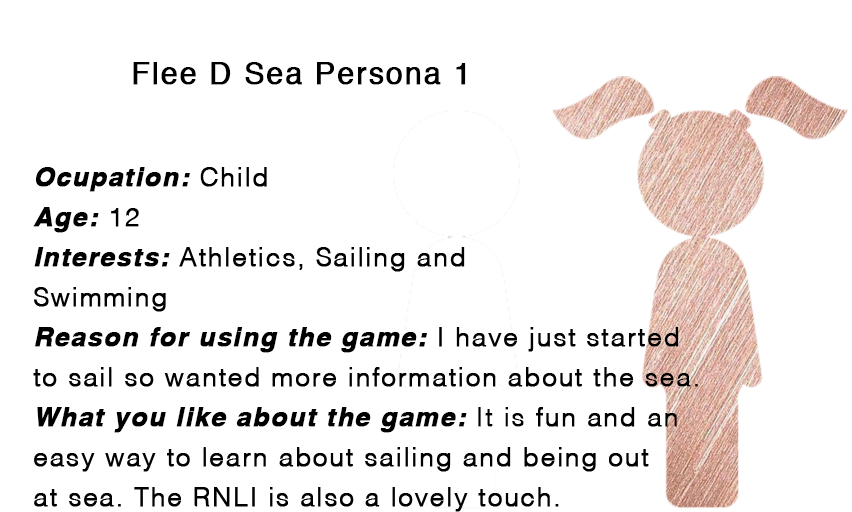
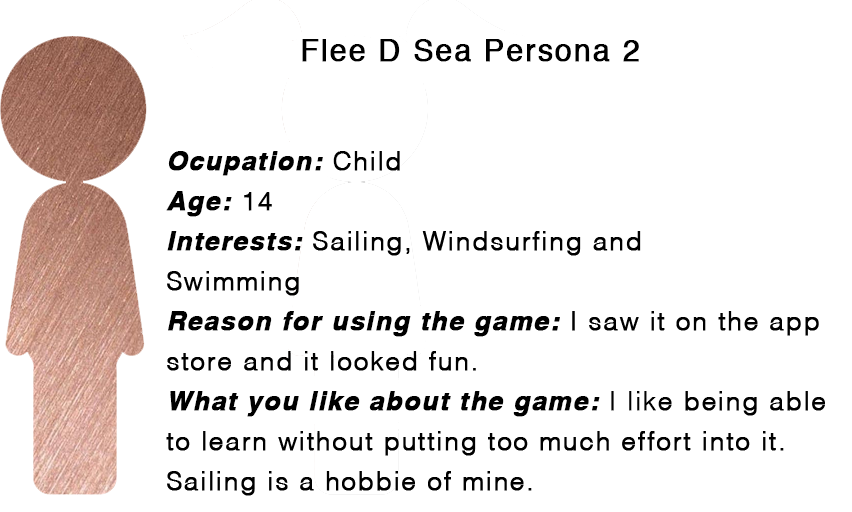
Our group have decided to design a game based on boating and sea life.
We’ve named the game ‘Flee d’ sea’ as we thought it was appropriate for the target market age range.
We have researched, explored and designed elements of our game to create a fun but educational game for 11-15 year olds.
As a group we’ve had to work with the brief and we feel we’ve ticked all the boxes from the research to the game design.